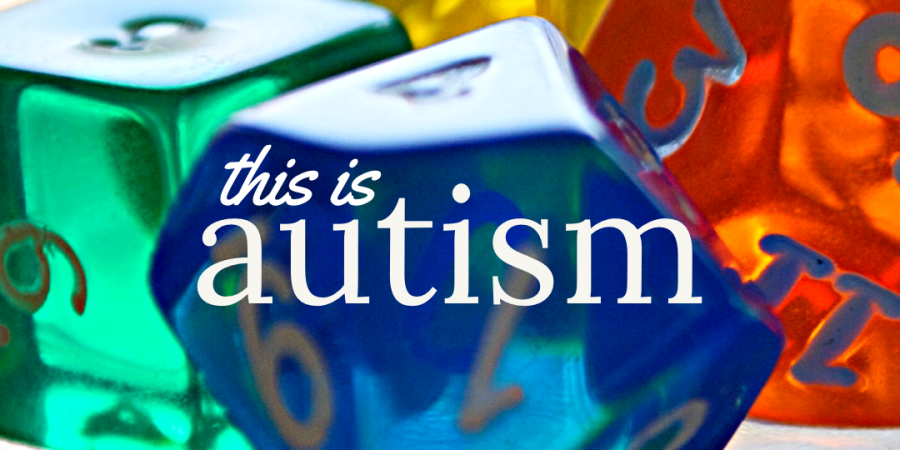There are still lots of countries, societies where having a disability or having someone disabled in the family is seen as a huge disgrace and cause of enormous embarrassment. For that reason often parents pretend to not notice anything strange in their kids’ functioning, ignoring the very first signs of neurodiversity, looking the other way.
The fact is that not saying ‘rain’ doesn’t mean it won’t be pouring out there in a few minutes.
It is your child’s right and your duty as a parent to go there and search /get
I take an opportunity to use some gained knowledge and my own personal experience to put this quite broad topic in a simple, non-medical way. Above you will find a definition and short, parent-friendly sum up of what is and what are the characteristics of ASD. What follows is a list I’ve collected with specific feachures, divided by age group. This though may change
Below you will find the most important but not so obvious and commonly cited autism symptoms and traits that should definitely make any parent feel concern and prompt to further observation and professional consultation.
ASD is a spectrum disorder – that means that while it is a spectrum disorder, a single person doesn’t have to manifest ALL possible indicated in DSM-5 (The Diagnostic and Statistical Manual of Mental Disorders, Fifth Edition.) symptoms but if a few of them are making you think you should investigate, do not hesitate. The earliest diagnosis, the best results.
Autism Spectrum Disorder is a group of neurodevelopmental disabilities that affects 2 main fields:
*communication
*behaviour
What does this mean?
Deficit in social communication – in social and emotional reciprocity, in developing and maintaining proper social relationships, in non-verbal behaviours used in social interactions.
A huge role in all those aspects plays speech, speech delay or lack of speech. Your child may not understand what you are trying to say, may not have or have reduced interest in sharing interests, emotions and you may notice that some how is avoiding social interactions of any kind because of many reasons.
You are not able to go through a ‘regular’ and age-appropriate back and forth conversations.
There may be a difficulty in decoding non-verbal communications like face expressions, body language, emotions and gestures.
Maybe you child is not smiling, not laughing, not using gestures and finger pointing. Maybe not reacting on her/his name.
You could notice an inappropriate way of acting in diverse social situations, inappropriate use of objects and toys and inappropriate way of behavioural reaction and managing social relations.
And if your child keeps away from or does not show any interest towards others, avoids eye contact and has a repetitive motor movements such as hands flapping or tiptoeing.
I won’t be explaining why it might be occurring because the reasons could be numerous like for example sensory processing disorder.
Hypo or hyper activity associated with sensory stimulation like light, texture, taste etc.
Repetitive patterns of behaviour and interests – the most cited – lining of objects and hand flipping, repetitive or incomprehensible speech (echolalia). Using the language in an appropriate way like saying things that do not match in a concrete situation (idiosyncratic speech).
Numerous, frequent and hard to calm down meltdowns and tantrums, inflexibility regarding even small transitions and changing in regular daily routines.
Same routine and same food choices insistence, strong attachment to unusual objects and interests regarding age group.
Unusual reactions to sounds, colours, movements. Fascination with themes and topics way too advanced regarding age of the child.
My own experience and facts that made us stop-stare-doubt-search for help? This odd tiptoeing, this browsing through the books without any obvious purpose, meltdowns, moments of deafness and extreme picky eating issue that became a threat to proper development.
What were our red lights?
Tiptoeing for sure.
Not responding to name.
Extremely restricted food choices.
Hard time while routine change.
Meltdowns during transitions.
Sudden los of speech at 18 moths.
Poor eye contact.
Those are the most obvious that we noticed, persisting in time and making us anxious. But anything that does not feel good, any tiny detail that
What should you pay attention to rising a child? What are the top developmental steps every parent should be aware of?
Infants:
-no smiles and other face expression by 6 months
-no sharing of sounds, smiles or other facial expressions in back and forth modus by 9 months
-no babbling by 12 months
-no waving, pointing, showing
-no speech by 18 months
-no 2-word expressions by 24 months
-any loss of any of what above
-lack or poor eye contact
Toddler:
-lack or delay of speech
-no gestures
-no pretend play
-inappropriate play, lining objects
-repetitive behaviour patterns
-strange and strong attachment to unusual objects
-limited interest in other people
-any detected sensory issue (food, cloths, sounds etc)
-intense, inconsolable meltdowns
Preschooler:
-delay in spoke language
-differences in communication
-lack of joint attention and social referencing
-lack of imitation
-extreme tantrums and behavioural problems
-distress during transitions and routine changes
-lack of spontaneous functional play
-difficulty in anticipating events
-restricted area of interest
Nowadays less than half of the children identified with ASD are being evaluated under the age of 3. Generally, a child receives an autism diagnosis at the of 4. This is far too late. The very first signs are detectable much earlier. Do not ignore them. Those weeks and months are tremendously precious in terms of plasticity and
